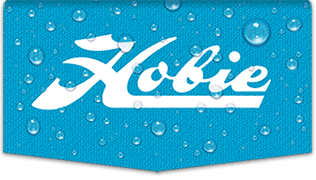flaneur wrote:
I have a question for some of you experienced sailors who can maybe explain, and help me understand upwind performance of our boats due to the wind dynamics on a furled sail.
I have often had difficultly with the upwind ability of the TI especially in strong winds. I always blame it on a combination of lots of chop, currents, and not enough daggarboard. However, the other day I did something that made a huge difference in the upwind ability that seemed counterintuitive.
I was sailing in probably 13 - 16 mph winds with gusts several mph higher, and going into 1+ feet of chop. I had the sail furled about half way. I was making extremely slow progress upwind. I had the nose pointed as close as I could get it into the wind, so my speed was slow. Due to the angle going into the chop, I didn't want to go too fast, and I also didn't want to lose ground since I was having difficulty making my way upwind. A completely unfurled sail was way too much on a reach, and a jibe across the wind with a fully open sail was a bit scary, thus my furled sail.
I'm not sure exactly why I did it, but at one point I found myself with a completely unfurled sail, and what do you know, I'm making serious upwind progress! I still had the boat pointed very close into the wind to keep my speed down, but the upwind performance was night and day. As far as the jibes...well I'll admit, sometimes scary equals fun.
So can anyone explain this phenomenon? This seems contrary to how it should work.
You don't say how hard you had the mainsail sheeted. If I'm guessing, I suspect it wasn't that tight--so the front part of the sail (back to about half) was pointed directly into the wind so only the last half was angled to the wind. This gives you what amounts to a very large wing mast. The camber in this combination is "positioned" pretty far forward so you get good forward drive. The "problem" as you doubtless found out was that a gust destabilizes the "system" since the mainsail won't reorient quickly--so you have to be quick (ie, don't cleat the mainsheet, keep it in your hand so you can let it go when you get scared); makes for an exciting sail. If you want your gybes to be safer in this combo, reef first, then gybe, then release more mainsheet. Tacking shouldn't be as much problem.
Part of the reason the boat is so lubberly when reefed is the shape of the mainsail. When fully deployed the mainsail camber is properly placed for going to weather at about 40% forward. As soon as you reef even a little, any camber you have is at best 50% which means you can't point worth a darn. It is safer, but slow. If you routinely sail in big winds, it might be wise to invest in a radial head pintop mainsail that is a little smaller (and no battens). If the camber is properly positioned in the radial head--it will still be pretty well positioned as you reef so you can still point.
BTW, this is not just theoretical rhetoric...I design and make sails. My triak exhibited the same horrible lubberliness in bigger wind, adverse current and chop. Once I designed and built a radial head pintop, my enjoyment of the boat increased dramatically for higher wind conditions. What was surprising was that I also was just as fast off the wind with stock triaks and faster than stock upwind (pointed higher)-in lighter breeze. Granted, I was more experienced than the folks I was sailing with--which is pretty much always the case anymore.







